Taste and Odor Treatments FAQ
Taste and Odor Removal
A fairly common characteristic of water delivered from public/municipal utility system is its "chlorine condition. This "off” taste is more apparent in treated surface water sources, as higher levels of disinfection are needed because of high organic content. These higher levels of oxidizing agents of chlorine or chlorine plus ammonia tend to leave excess chlorine or chloramines in treated water. These disinfectant agents, in turn, create some new by-product contaminants; most common are the trihalomethanes. Excess chlorine and chloramines from the disinfection of drinking water can affect the taste of water.
Taste and Odor Removal with Activated Carbons
Activated carbon is perhaps the most widely used and most versatile product in both water and wastewater treatments. In either granular, powdered, or block form, it can always do some good and adds nothing detrimental to the water quality. Because of their multifunctional nature, activated carbons can be considered a "scavenger medium”. In addition to dechlorination, the same "workhorse medium" (activated carbon) bed can simultaneously adsorb many organics, such as trihalomethanes, and synthetic organic compounds such as pesticides, detergents, and hydrocarbons, as well as serve as an excellent sediment removal medium. Activated carbon's one shortcoming lies in its ability, under proper conditions, to act as a harbor for microorganisms (nonpathogenic) to multiply. Studies of activated carbon units, however, have not shown this medium to encourage pathogenic bacterial growth. Assuming the water to be treated is free of pathogens, there would be little basis for these species to grow in an activated carbon bed that would be processing an already potable quality water. Activated carbon products have tremendous surface areas both on irregular external surface itself and in their vast interior network pore structure. Depending on the carbon base material itself, available surface areas can range from 650 to 1300m2/grams and ash content can vary from 0.20 to 12.0 percent.
Other Dechlorination Methods
Another medium that is now being used successfully for dechlorination is the high-pure dissimilar metal (copper-zinc) alloy medium (sold under the trade name KDF -55). This unique product is used either in replaceable cartridge form or in loose medium bed, type units. It is also employed in combination with activated carbons. These combine carbon-dissimilar metal media beds appear to possess some synergistic characteristics. One property of this metallic medium is its extreme density. It needs at least 15 to25 gpm flow for proper backwashing and bed expansion. It is the high specific gravity of this product-which creates so much resistance against the flow in backwashing---that needs to be overcome.
Taste and Odor in Water
The most common method is the use of the adsorption process in home and business treatment for the reduction and removal of taste and odor causing substances in water. Certain compounds and organisms in water, while they have no bearing on the hygienic safety of a home water supply, are, nevertheless, offensive to either taste or smell or both. Some people have greater sensitivity to smells and taste than others. Basically, there are four categories for taste: bitter, sweet, sour, and saline. Since human taste buds and olfactory organs generally function in unison, it is difficult to separate the two. One way to distinguish taste from odor is by holding the nose and swallowing a sample of water. Out, accustomed to and no longer notice. Undesirable taste/odor characteristics in water supplies emanate from several sources. First are those that result from chemical disinfection. Second are those arising from the presence of certain organisms (nonpathogenic) usually found in such water supplies as rivers and lakes. Third are those due to man-made conditions, such an-made chemicals, solvents, and pesticides will impart a distinctive odor to water can be more subtle. A fourth category includes odors associated with dissolved gases such as the "sulfur odor" where hydrogen sulfide exists.
Should I install a Carbon Filter in my home and which one should I get?
If your water supply contains enough chlorination from your municipality and you are concerned with the levels either from a safety or odor standpoint then we can supply you with the best filtration option for your needs. We carry inline carbon filters that can simply be changed a couple of times a year. We have a wide selection of the top whole house carbon upflow carbon filters that can be re-bedded years down the road. We also carry the best backwashing carbon filters for a maintenance free operation.
